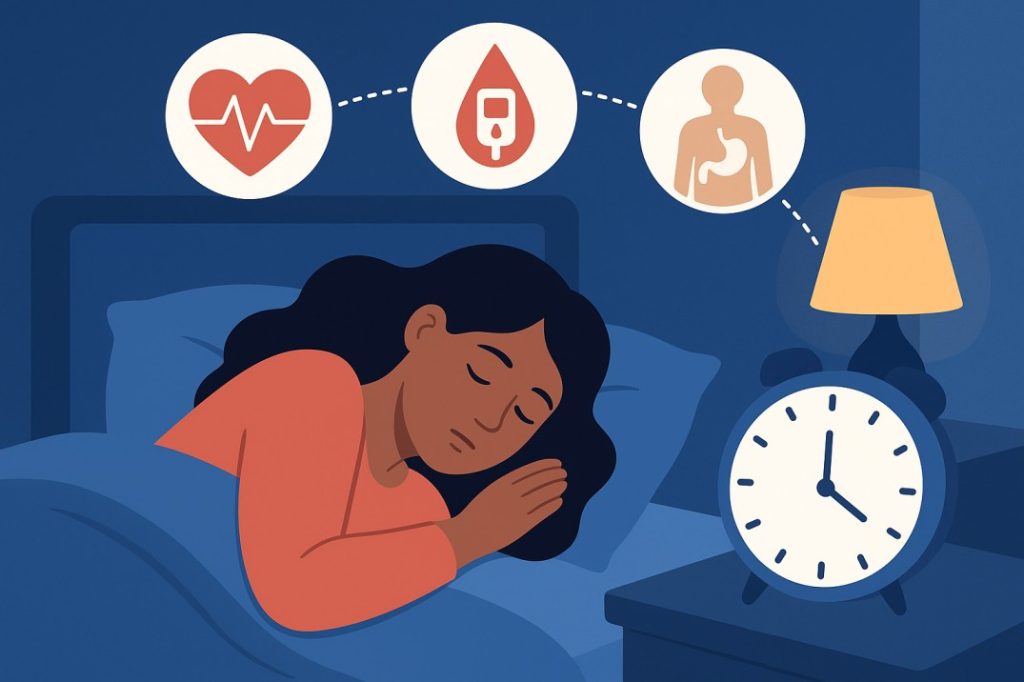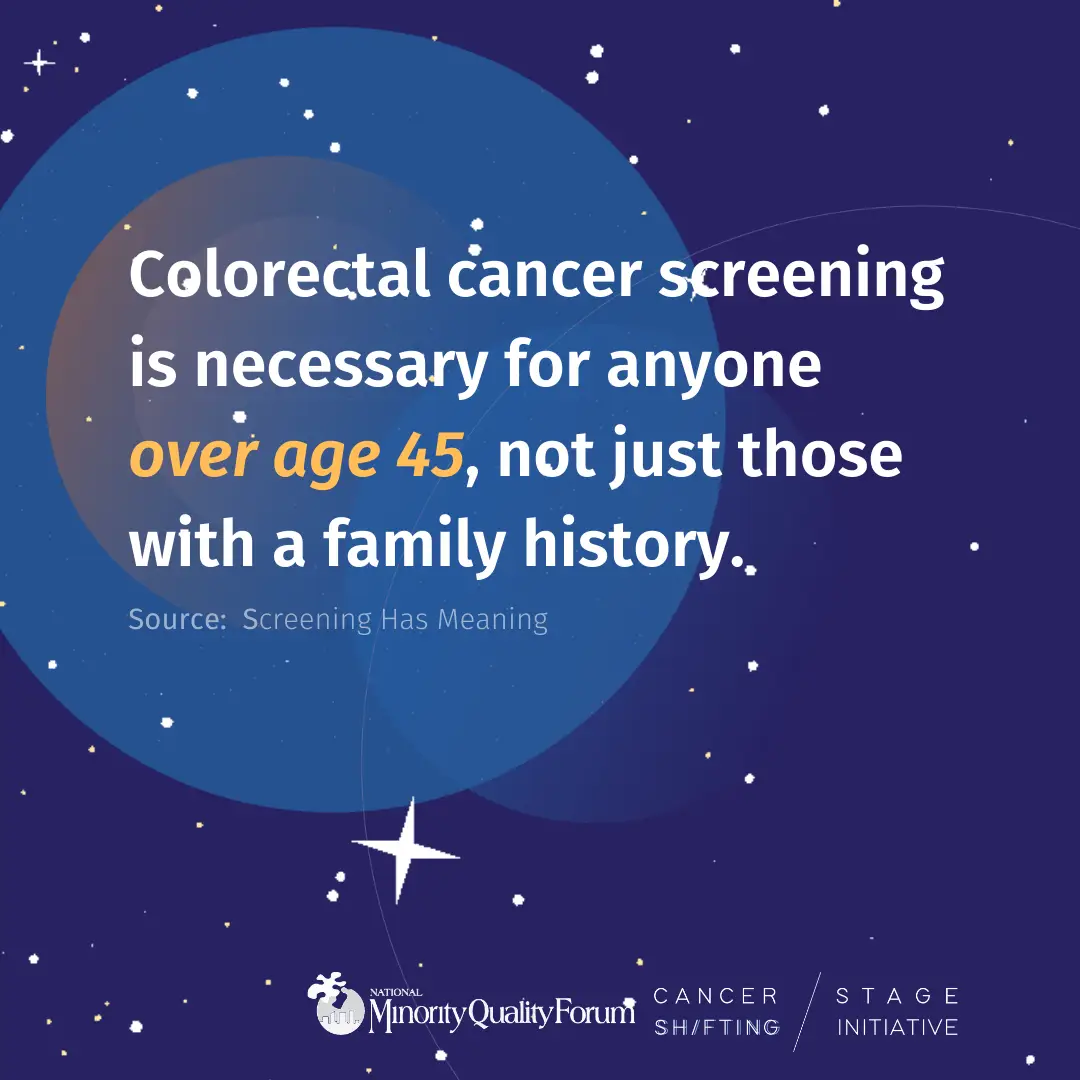
The pandemic and the murder of George Floyd brought to national attention inequities in the provisioning of healthcare that for generations endangered the lives of millions of Americans.
Those two historic events gave rise to the health equity movement (HEM) committed to addressing longstanding inequalities. Leaders of the health equity movement recognize that the legacy healthcare system by design produces inequities, because it is a tiered healthcare that marginalizes people of color and others who are adversely affected by persistent poverty. There is a recognition that if inequities are to be resolved, then we must reimagine the provisioning of healthcare in the United States.
Our legacy healthcare system is not built to conserve life. It sets the healthcare scales at financial risk management, and patient risk is a degree of freedom in that hierarchy, but its value is measured against financial metrics. Donald Berwick et al in a recent article wrote that in their view “the United States will not achieve high-value health care unless improvement initiatives pursue a broader system of linked goals.” Berwick et al called those goals the “Triple Aim,” which they list as “improving the individual experience of care; improving the health of populations; and reducing the per capita costs of care for populations.” Effectively, they set the scales so that high-value healthcare could not occur without “reducing the per capita cost of care for populations.” Patient risk mitigation would only have value in the context of the other two conditions. They wrote that the “components of the Triple Aim are not independent of each other. Changes pursuing any one goal can affect the other two, sometimes negatively and sometimes positively.” They offered as an example the fact that “improving care for individuals can raise costs if the improvements are associated with new, effective, but costly technologies or drugs.” Better outcomes for patients that are attributable to new, effective therapies, but did not reduce the cost of care by the Triple Aim scale would not be considered high-value healthcare. “Pursuit of the Triple Aim,” they advise, “is an exercise in balance and will be subject to specified policy constraints, such as decisions about how much to spend on health care or what coverage to provide and to whom.” The most important of all such constraints, they note, “should be the promise of equity; the gain in health in one subpopulation ought not to be achieved at the expense of another subpopulation. But that decision lies in the realms of ethics and policy; it is not technically inherent in the Triple Aim.” Equity is not a degree of freedom, it is irrelevant, in the scale they set for the Triple Aim, and therefore it is outside the boundaries of high-value care as they define it.
Seven thousand African Americans die prematurely from heart failure annually because healthcare policy has resulted in their not getting guideline directed care. The average life expectancy for a sickle cell patient is 48 years, but we have failed to invest in treatments for them. We have screenings for colorectal cancer, but policies block the use of these screenings so that this cancer kills the most Americans each year, second only to lung cancer. There are multi-cancer early detection screenings that can detect fifty cancers with one blood draw and signal cancers before the patient is symptomatic; yet it will take an act of Congress and a maze of regulation before they will be available to the American public. The legacy system is built to manage financial risk. A careful look behind the curtains will show that programs and policies such as Center for Medicare & Medicaid Innovation, Congressional Budget Office scoring, United States Preventive Service Task Force, value assessments, drug pricing, medication formularies, risk scoring for capitation payments, and pay for performance are all degrees of freedom in a scale set to financial risk management. In most instances, patient risk is treated as an irrelevant variable.
In healthcare the word “inequities” summarizes the deliberate discard for the lives of black, brown, yellow, red, and poor people by healthcare policies whose objectives are financial. We have known the statistic since Secretary Margaret Heckler’s report was issued in 1984, and reaffirmed in National Academy of Medicines Unequal Treatment published in 2005; yet the problem persists, as seen in the infant and maternal mortalities, cancer survival rates, the uncontrolled hypertension, the disproportionate number of minorities on dialysis, and the amputations and premature deaths associated with diabetes–all of which have roots in the misalignment between obeyance to the physical laws that determine “why are living organisms ‘living’” and the legacy healthcare system focused on financial risk management.
In reimagining the healthcare system, HEM sets the scales at patient risk mitigation with financial risk management existing as one of the degrees of freedom in this hierarchy. The singular aspiration of HEM is to conserve and propagate sentient life in an equilibrium where death is an anomaly. The reimagining is to create a market where the valued products and services are those that mitigate patient risk, a marketplace that supports our biology by being aligned with the physical laws that govern our bodies. It will require legislation and policies that conform to that purpose. It calls for a new school of healthcare policy makers who recognize that the quest for equity means a new mastery over our lives. HEM makes human sustainability a matter of good governance.
Trending Topics
Features
- Drive Toolkit
Download and distribute powerful vaccination QI resources for your community.
- Health Champions
Sign up now to support health equity and sustainable health outcomes in your community.
- Cancer Early Detection
MCED tests use a simple blood draw to screen for many kinds of cancer at once.
- PR
FYHN is a bridge connecting health information providers to BIPOC communities in a trusted environment.
- Medicare
Discover an honest look at our Medicare system.
- Alliance for Representative Clinical Trials
ARC was launched to create a network of community clinicians to diversify and bring clinical trials to communities of color and other communities that have been underrepresented.
- Reducing Patient Risk
The single most important purpose of our healthcare system is to reduce patient risk for an acute event.
- Subash Kafle
- Jessica Wilson
- Jessica Wilson




















